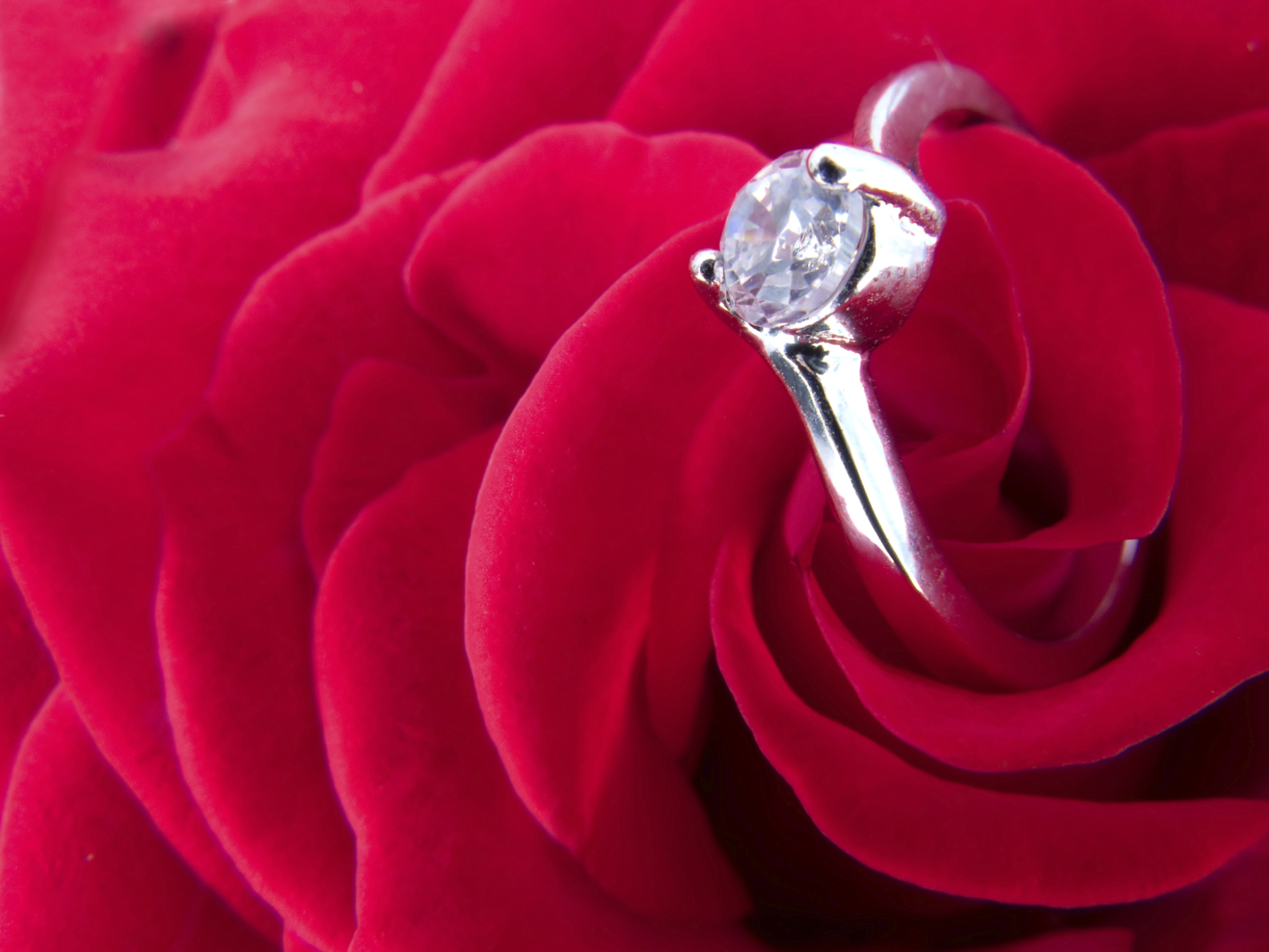Every year, an average of 260,000 people get engaged on Valentine’s Day. According to a USA Today article, in 2013, the average cost of an engagement ring is $5,598. While the costs are rising, one tradition may be starting to change. The eternal diamond.
But before we travel down that road, let’s answer this question: how did diamonds come to represent everlasting love in the first place?
It all comes down to advertising.
The year was 1938, and the outlook was grim. Deep in the grips of the depression and with war knocking on America’s door, profits were falling for De Beers, a jewellery company. To ease their woes, they sought out ad agency, N.W. Ayer & Son.
The agency went to work researching society’s views on diamonds. Hardly anyone bought diamonds for engagement rings–hardly anyone bought engagement rings, for that matter. Diamonds were not rare nor did their worth rise with time. Their value decreases by 50% as soon as they leave the store.
So how the heck do you make something like that synonymous with “priceless”?
You attach it to the ultimate emotion: love.
The agency crafted an in-depth marketing scheme. According to The Atlantic, they used the newest technology of the day, motion pictures, to spread their idea that diamonds were the key to wooing a woman. The article also went onto explain all the various ways N.W. Ayer used public relations, such as articles and photos in newspaper and magazines and discussions on radio shows that would “reinforce the link between diamonds and love.” Celebrities and the British Royal Family even played a part in the campaign. Print ads used famous artists’ work to convey the idea that these jewels were priceless. The slogan, “A Diamond Is Forever” brought the movement alive, with its promise of everlasting love with every ring. This line became so powerful in our culture it was named the slogan of the 20th Century by Advertising Age.
And boy, did their plan work. Within three years of the campaign’s launch, De Beers’ sales increased by 55%. A whole new tradition was born, and men’s wallets suspiciously thinned.
But after nearly a hundred years and a new cultural norm, diamond popularity is declining. With people seeking more unique stones and the internet allowing people to find out the true history behind their rings and their worth (we haven’t even touched on blood diamonds), a new era may be upon us. A simple Google search garners tons of articles for “Diamonds are not a girl’s best friend.”
With change in the air, it means it is exactly the time for another gem stone company to pounce. If a certain gem company can position themselves as a true investment, a true symbol of modern love, they could take the world by storm. The change can already be seen taking off with celebrities and fashion blogs. It is the perfect time for the un-diamond (better-named campaign pending) to appear on the scene.
Even if diamonds were to be completely unused in rings (which is unlikely) the fact remains that couples would still feel propelled to buy rings. That is what makes the De Beers’ case a powerful example of the strength in advertising. If you do your research, plan well and utilize technology, you can change the way the world works, hopefully for the better.

